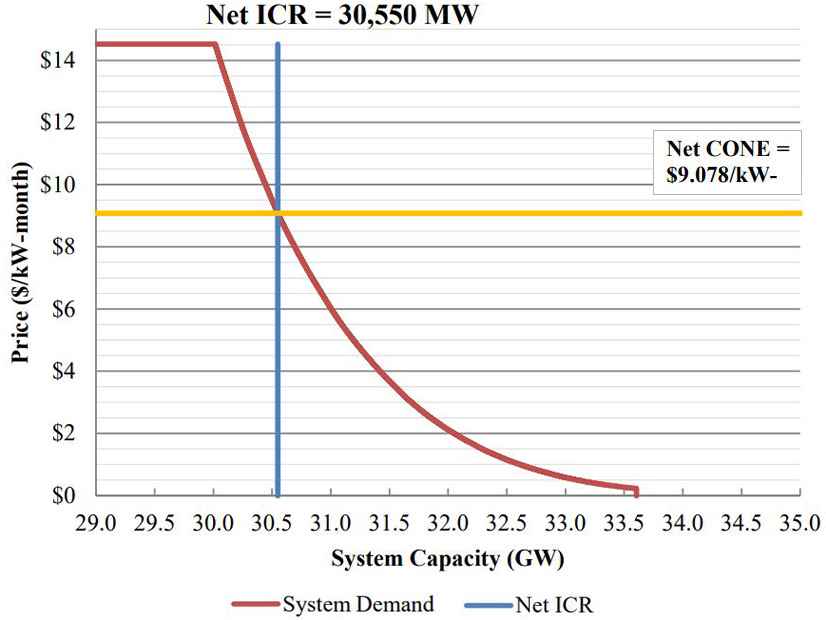An insurer specializing in renewable energy infrastructure reports that battery energy storage system (BESS) failures are ramping up with the spread of the technology, and most often occur in new systems.
It calls for developers and operators to take steps including creating spacing standards for units within a BESS, conducting comprehensive root cause analyses of failures, establishing a liability framework within the market and involving manufacturers through the entire project lifecycle.
GCube issued the report, “Batteries Not Excluded: Getting the Insurance Market on Board with BESS,” on Feb. 21. CEO Fraser McLachlan said insurers experience uncertainties in supporting coverage for the rapidly expanding market.
“GCube is a pioneer in the BESS field, and has learnt the hard way, having handled some of the largest losses in the market to date,” he said in the announcement of the report, which is designed to reduce market uncertainty.
The report draws on details of 63 publicly reported failures. Among the findings:
-
- Systems rated at 5 to 50 MWh accounted for more than half of the failures and those rated at less than 5 MWh accounted for about a third.
- Solar-plus-storage installations accounted for 48% of reported failures; while this may be due to the frequency of such pairings, it also may point out challenges and risks created by pairing two complex systems.
- Nearly half the reported failures were in South Korea and nearly a third in the United States; this is likely due to the large number of systems in the two countries and the diligent reporting in both.
- Systems in their first year of operation accounted for 38% of recorded failures and 21% occurred within the second year.
This last statistic is a red flag — GCube notes that the BESS failure rate within the initial operation phase is markedly higher than seen in other energy systems.
“The high incidence of failures within the first two years of operation poses a serious cause for concern, warranting a closer examination of the potential ramifications if this trend continues,” the report warns.
A report issued earlier in February flagged the same phenomenon from a different perspective: Engineering services firm Clean Energy Associates noted that 18% of its BESS factory quality control audits found issues with thermal management systems and 26% found faults with their fire detection and suppression systems. (See Engineering Firm Finds Quality Problems in BESS Manufacturing.)
GCube said the risk as BESS systems get progressively larger is that failures will cause progressively larger damage, increasing the losses incurred by developers, operators and insurers.
The 2012 fire at the First Wind/Xtreme Power wind-storage facility in Hawaii underwritten by GCube resulted in a $27 million loss, and that was only a 15-MW battery bank — a small fraction of the capacity of some of the BESS installations being planned and built.
“We don’t want to repeat the mistakes of the past of allowing growth in deployment and technological scale to take priority over quality control, and the large-scale losses and market destabilization that result from that,” McLachlan said.
Energy storage is a linchpin of the clean energy transition, and its rapid buildout reflects this. Batteries vastly outnumber other forms of storage. GCube expects that by the end of this year, BESS will account for as much as 30% of the asset value in its insured portfolio, which now exceeds 100 GW capacity.
“Among the main challenges of BESS underwriting is the scarcity of data and insights on how BESS works, performs and fails,” McLachlan writes in the introduction to “Batteries Not Excluded.”
“Consequently, underwriters continue to exercise caution when it comes to BESS technologies. While market data is limited, we must begin harnessing what information is presently available to start unravelling the risks and prospects associated with this nascent technology.”
Beyond the financial and physical dangers of BESS failures, the sense of unknown danger stokes public opposition to installation of these facilities. (See Battery Storage Developers Bump Against Perception of Risk.)
Jurisdictions such as New York state are moving to address the threat to public safety and perception by quantifying and reducing those risks as much as possible. (See NY Fire Code Updates Recommended for BESS Facilities.)

